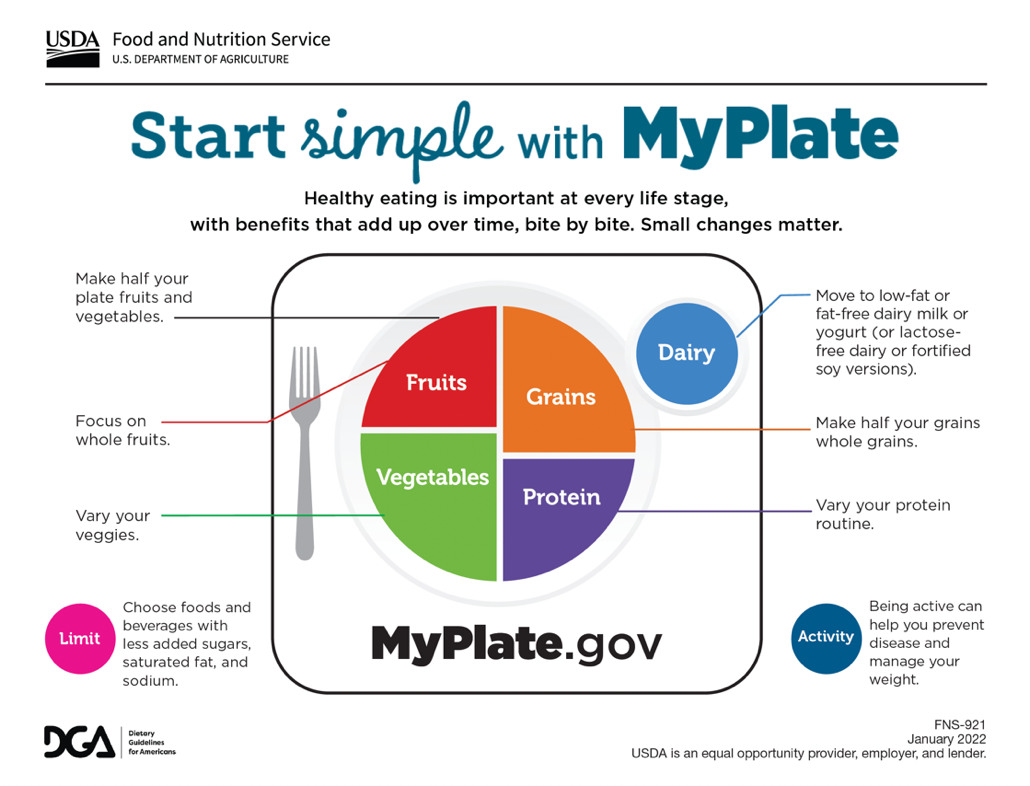How Experts Around the World Build a Healthy Plate
…and how Plezha turns that science into real food.
When it comes to eating healthy, there’s no shortage of advice out there. Low-carb, low-fat, plant-based, high-protein, Mediterranean, Nordic, Paleo — the list goes on. But what do nutrition experts and public health organizations around the world actually recommend? Let’s take a quick tour.
The UK Eatwell Guide 🇬🇧
Britain’s official guide is a colorful plate showing key food categories (vegetables, starchy carbs, protein, dairy, and healthy oils). It encourages balance and variety, with at least 5 portions of fruit and veg daily, and some fish, legumes, and whole grains. It’s widely used in schools, hospitals, and public health campaigns.
Key idea: balance five food groups in specific proportions each day.
Strength: clear and friendly visual, culturally adaptable.
Limitation: doesn’t go deep on food quality (e.g. white bread = bread).
Image: gov.uk
The Nordic Nutrition Recommendations 🇸🇪 🇳🇴 🇩🇰 🇫🇮 🇮🇸
Developed jointly by the region’s public health authorities since the 1980s, the latest edition — NNR 2023 — is used across Sweden, Denmark, Norway, Finland, and Iceland. It promotes a predominantly plant-based diet rich in vegetables, whole grains, berries, legumes, and fish, while minimizing red meat and processed foods. Notably, it’s one of the first official models to integrate environmental sustainability into dietary guidance.
Key idea: healthy for you and the planet.
Strength: highly evidence-based and modern.
Limitation: not a simple plate — needs expert translation to daily meals.
Japan’s Food Guide Spinning Top 🇯🇵
Yes, it’s shaped like a spinning top! In the guide, the concept of “dishes” (rather than individual foods or nutrients) is central. Each “dish” refers to a typical prepared item — like a bowl of rice, a serving of miso soup, or a stir-fried vegetable plate — making meals the basic unit of balance rather than isolated ingredients. It also reminds to drink water, enjoy meals, and stay physically active.
Key idea: complete the spinning top daily with the right mix of “dishes”.
Strength: deeply rooted in culture.
Limitation: relies on counting daily servings of dish types; may be difficult to apply without cultural context.
Image: maff.go.jp
WHO Global Guidelines 🌍
The World Health Organization offers general rules, not a plate. They recommend eating at least 400g of fruits and vegetables daily; keeping free sugars below 10% of total energy intake (ideally under 5%); and ensuring fats contribute less than 30% of total energy, with a preference for unsaturated fats. Salt intake should stay under 5g per day, and processed foods should be limited as much as possible.
Key idea: science-based targets for all humans.
Strength: globally relevant, adaptable to local diets.
Limitation: not easy to visualize or apply without extra tools.
USDA MyPlate 🇺🇸
This is the official nutrition guide from the U.S. Department of Agriculture — it shows grains, protein, vegetables, fruit, and dairy in almost equal portions. Designed as a simple, accessible visual, it’s widely used in schools, public programs, and health education.
Key idea: repeat the visual ratio at every meal.
Strength: great entry-level visual.
Limitation: lacks food quality guidance, includes dairy by default, and reflects industry influence — as criticized by Harvard experts.
Image: myplate.gov
The Mediterranean Diet 🐟🫒🍋
Not a government plate, but one of the most studied diets in the world. It includes vegetables, fruits, olive oil, legumes, fish, nuts, and whole grains, with red wine in moderation and very little red meat.
Key idea: heart-healthy, plant-rich lifestyle.
Strength: delicious and evidence-based.
Limitation: not a structured guide — more of a pattern than a plan.
Despite their differences, these global models agree on a few key points: eat more vegetables and fruits, choose whole grains instead of refined ones, prefer fish, legumes, or nuts over red or processed meat, use healthy fats like olive or canola oil, drink water instead of sugary drinks, be active and eat mindfully.
Many global nutrition models are grounded in solid science — and that’s what makes the similarities between them so powerful.
But when it comes to translating that science into a single, usable plate, that’s where things get tricky.
That’s the problem Harvard’s Healthy Eating Plate quietly, elegantly solves.
Created in 2011 by leading researchers at the Harvard T.H. Chan School of Public Health and Harvard Medical School, it’s not just evidence-based — it’s deliberately independent. Built by scientists. Free from lobbying. Developed without collaboration or funding from government agencies, food industry groups, or commercial partners. The goal was simple: build the most honest, up-to-date, and actionable model of healthy eating, guided solely by scientific research.
What truly sets the Harvard Plate apart is its ability to turn that science into structure. Where most guidelines offer general principles, the Harvard Plate gives us clear formulas — showing how to combine it into balanced, flexible, real-world meal.
While the Harvard Plate is the science, at Plezha, we’ve built the experience — translating those guidelines into precise, simple, and beautiful meals.
We carefully selected ingredients you can find in a regular European supermarket, calculated the amount of protein and fiber, added healthy fats, and finished each dish with vibrant spices and thoughtful plating.
Just open the Plezha app, choose a dish, and get everything you need — all in one beautiful, satisfying plate that is so easy to cook.
Plezha app is almost here. Follow us on Instagram @plezha.app so you don’t miss the launch, new recipes, and the science-backed joy we’re serving for you.





